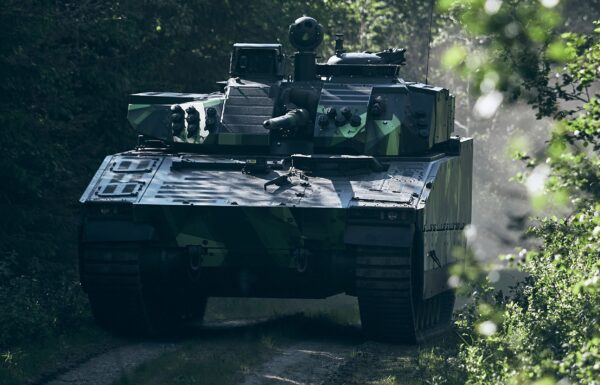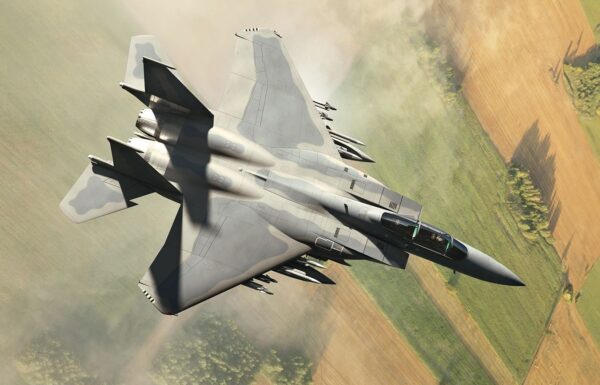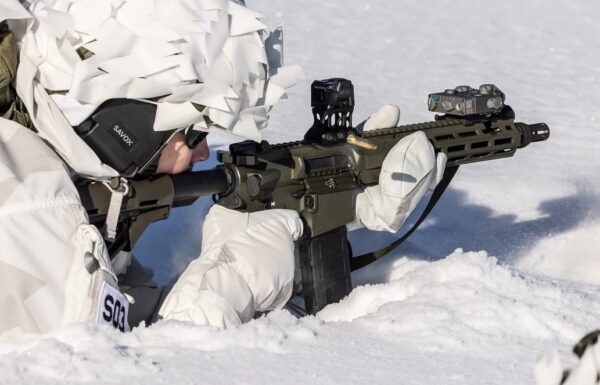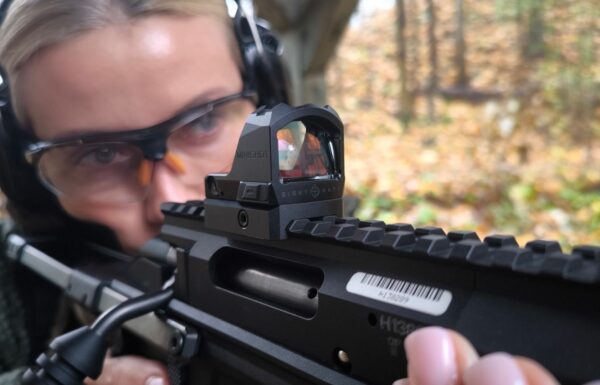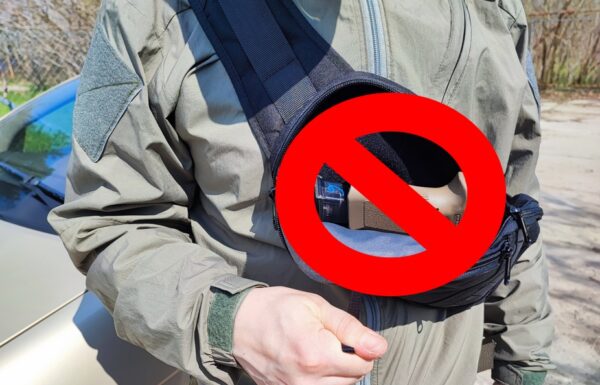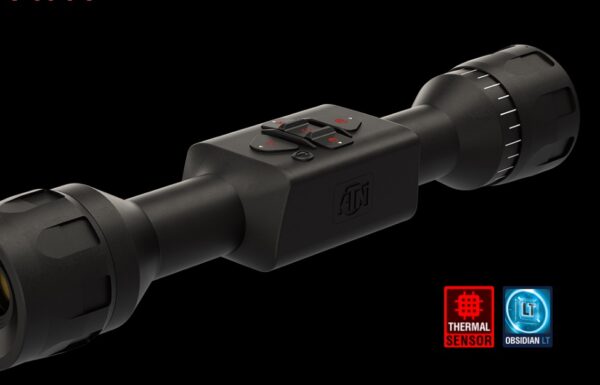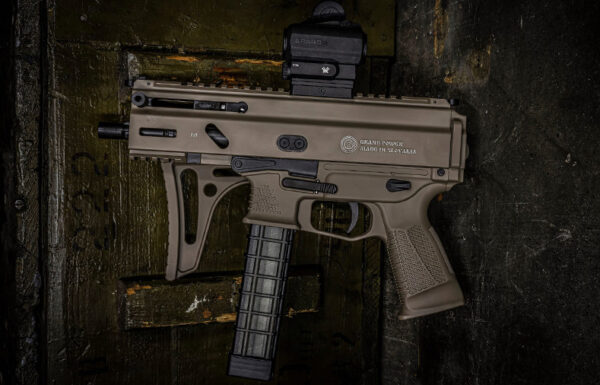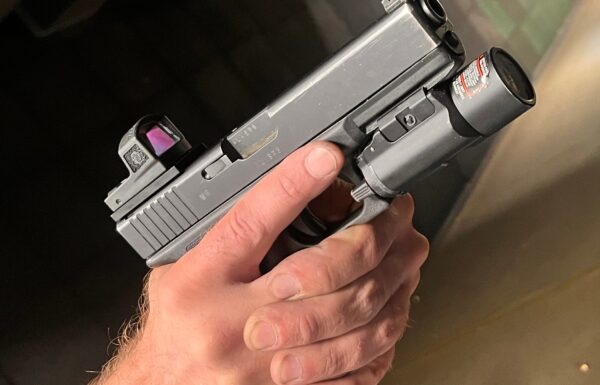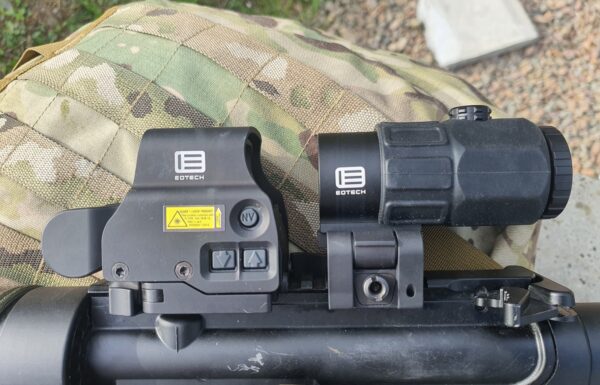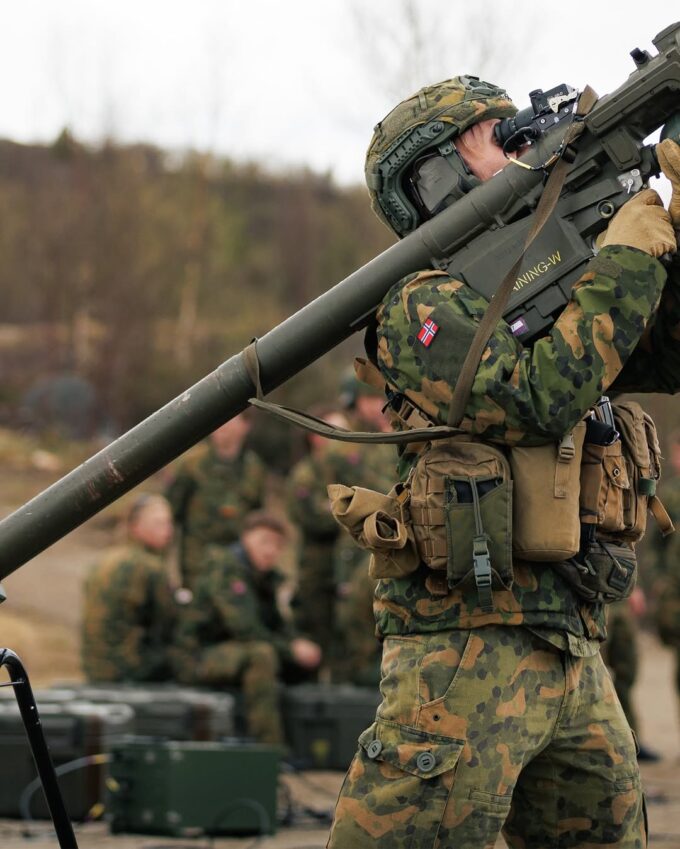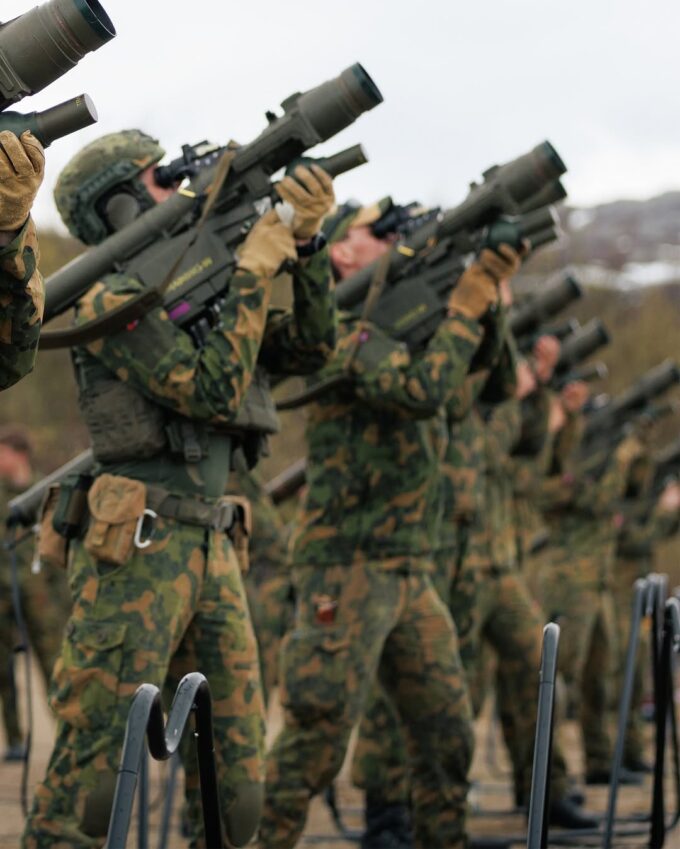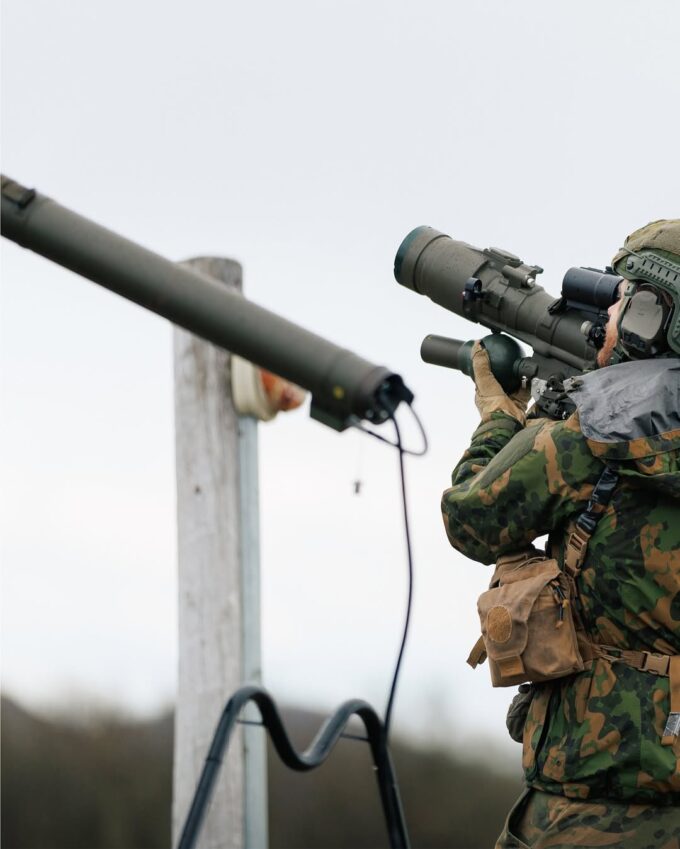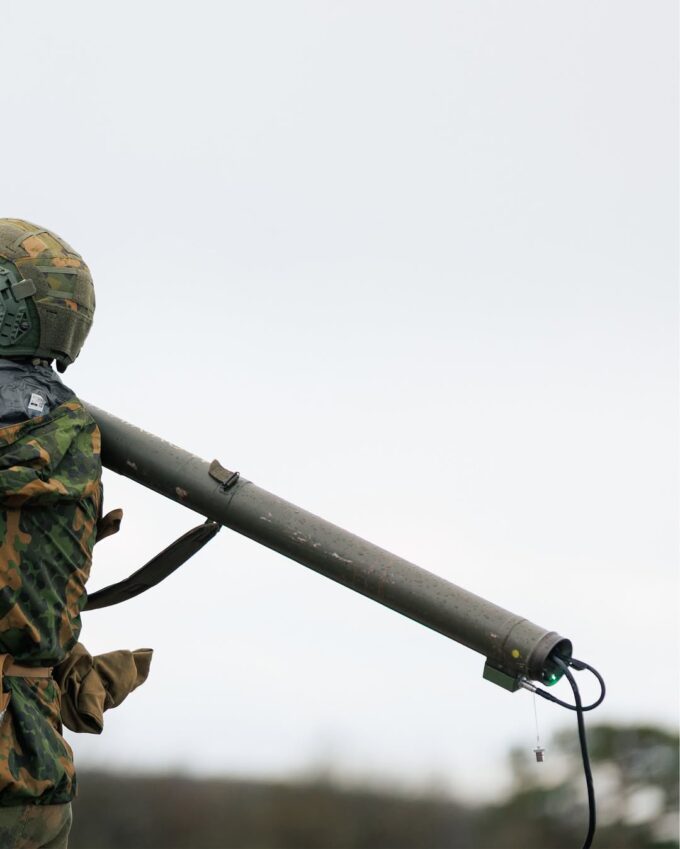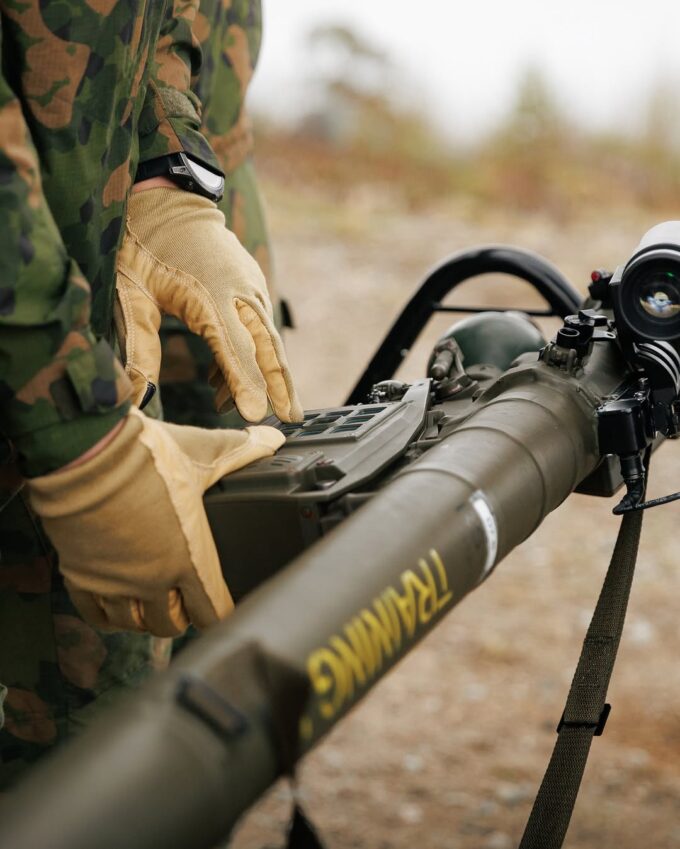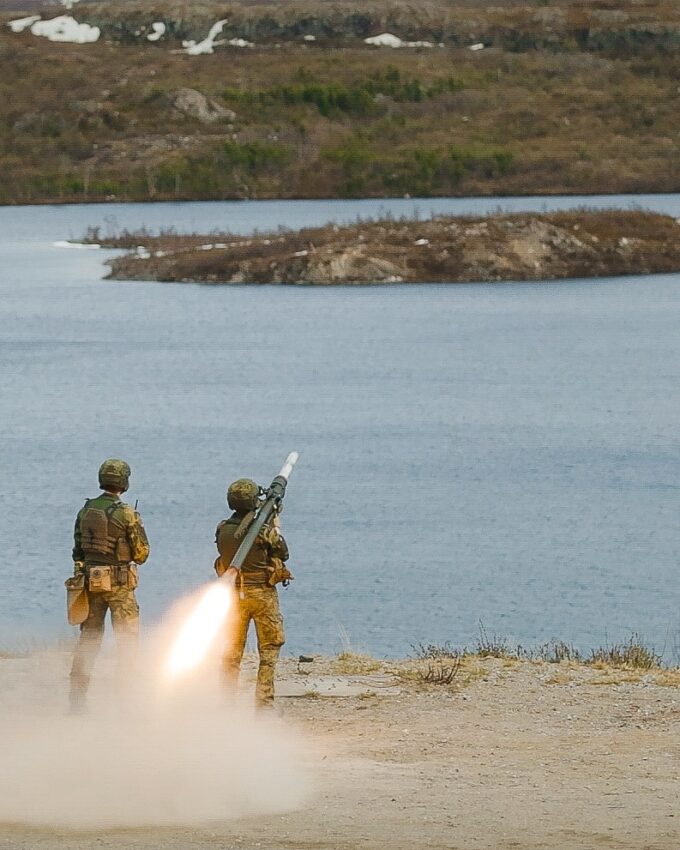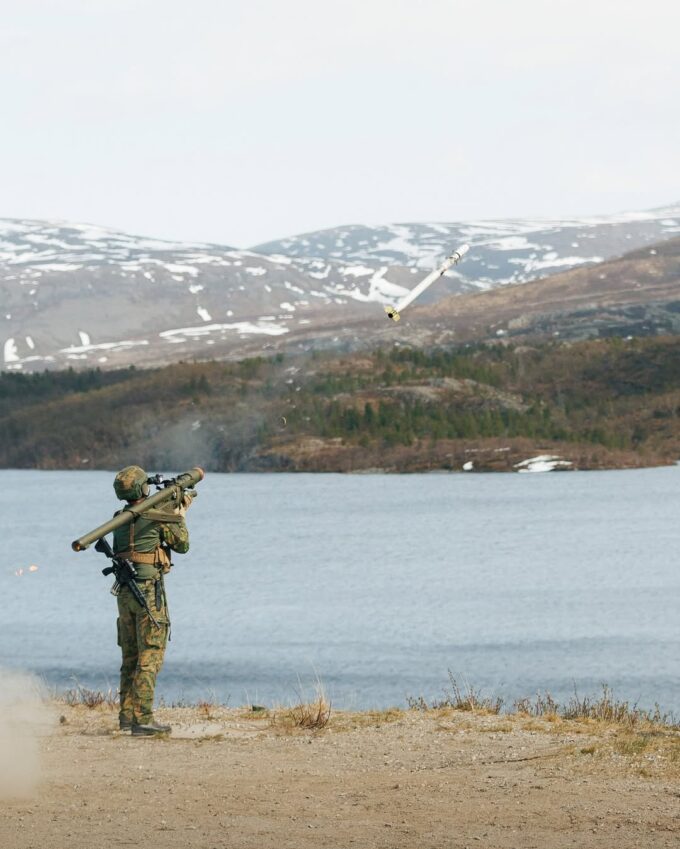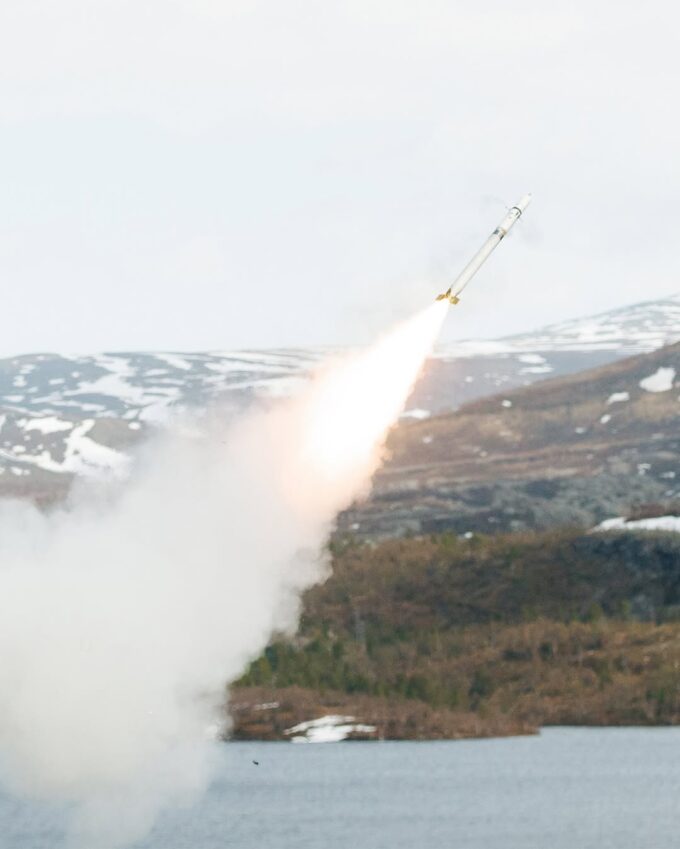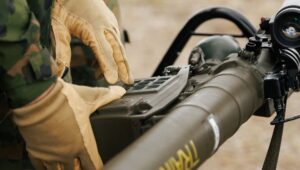On Friday, June 13, 2025, the press service of the Norwegian Armed Forces (Forsvaret) announced on social media that additional live-fire exercises had been conducted using Piorun man-portable air-defense systems (MANPADS), manufactured by Mesko, a company within the Polish Armaments Group (PGZ). The firings were carried out by the Jegerbataljonen rifle battalion of the Norwegian Army (Hæren), stationed at the Høybuktmoen garrison in Sør-Varanger, Finnmark County. The first live-fire tests took place on August 16, 2024.
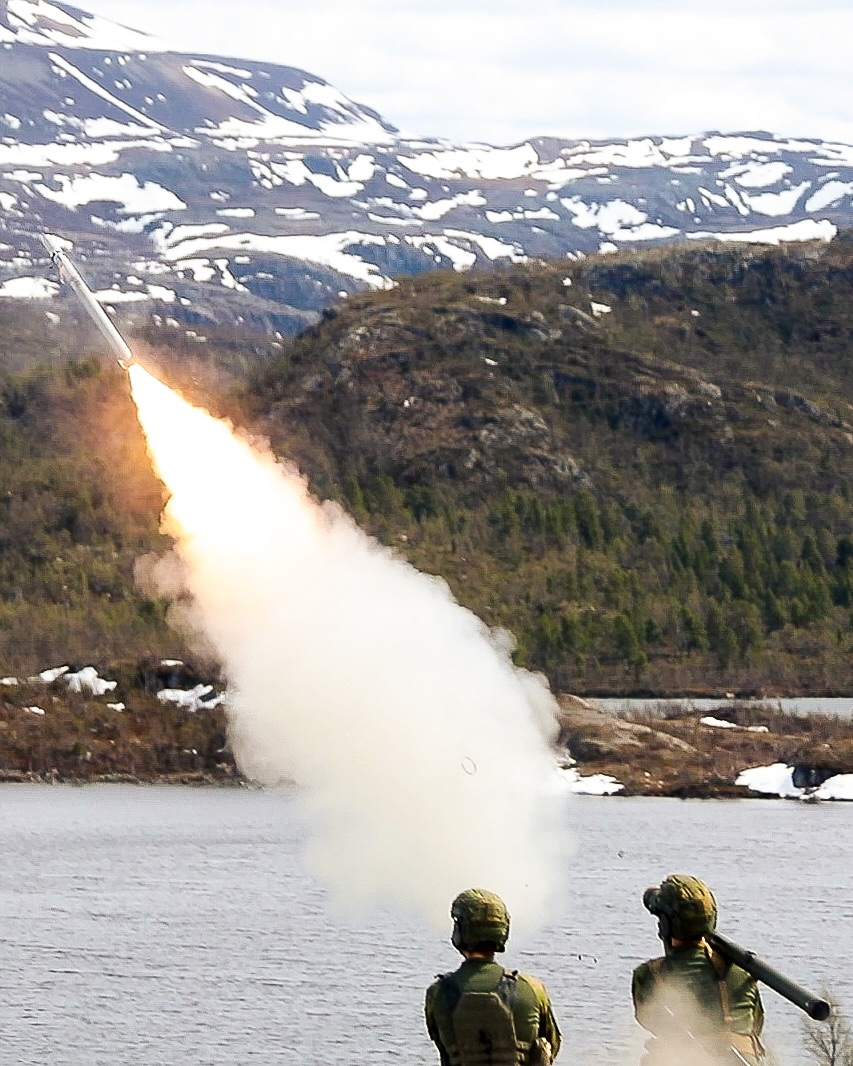 Photos: Forsvaret via Instagram
Photos: Forsvaret via Instagram
LIVE-FIRE EXERCISE WITH PORTABLE AIR DEFENSE
The development of air defense capabilities within the Finnmark Land Defense continues. Last week, soldiers from the Jegerbataljonen GSV conducted live-fire training with the portable air defense system “Piorun” at Porsangmoen.
“Man-portable air defense raises the threshold for the adversary to effectively operate attack helicopters and drones in the airspace above ground forces in Finnmark,” said battalion commander Audun Jørstad.
Piorun has a short range and forms part of a multi-layered air defense system currently being developed within the Armed Forces.
The post was accompanied by photos and a short video. The live-fire exercise was carried out by the air defense unit of the Finnmark Land Defense (BLV) using man-portable air defense systems.
On November 29, 2022, an agreement was signed in Oslo under which Mesko was to deliver several hundred Piorun missiles and launch units—together forming man-portable air defense systems (MANPADS)—to the Armed Forces of the Kingdom of Norway. On December 12, 2023, Mesko announced that deliveries to Norway had begun.
On November 14, 2024, during a visit by Deputy Minister of National Defence Paweł Bejda to the Mesko facility in Skarżysko-Kamienna, a Letter of Intent (LoI) was signed with representatives of Lithuania, Estonia, and Norway regarding the joint procurement of additional Piorun systems. The purchase would be financed through the European Defence Industry Reinforcement through common Procurement Act (EDIRPA).
The Piorun systems were submitted for consideration in the program on June 5, 2024, alongside other products from the Polish Armaments Group (PGZ) and WB Group. However, when the European Commission announced the winners of the first call on November 14, 2024, the joint Piorun procurement was placed only on the reserve list. In the case of Poland, the selected project was CPoA 155mm, the purchase of various types of 155 mm artillery ammunition, conducted jointly with the Kingdom of the Netherlands, Italy, Lithuania, Croatia, and Denmark. The Polish Armament Agency signed the grant agreement for this procurement on June 10 of this year.
Piorun MANPADS
Piorun is the flagship product of Mesko and is in service with the Polish Armed Forces. The missile system has gained international recognition in the context of the war in Ukraine. Real combat conditions have confirmed its key attributes: effectiveness, reliability, high manufacturing quality, and operational safety (3,000th Piorun MANPADS produced by Mesko).
Currently, Piorun enhances the defensive capabilities not only of the Polish and Norwegian armed forces, but also of countries such as the United States, Estonia, Latvia, Ukraine, Moldova, and Georgia. Procurement agreements are expected to be signed soon by Slovakia and Belgium. Armed forces from around the world have also expressed interest in the man-portable air defense systems (MANPADS) produced by Mesko — among them France, a Balkan country, and the system was showcased in Thailand.
The Piorun MANPADS is designed to counter low-flying aerial targets such as aircraft, helicopters, and drones. In the Polish Armed Forces, it is used in the lowest layer of the air defense system for very short-range and low-altitude threats (VSHORAD).
Piorun is a modernized version of the Grom MANPADS, which is also in service with the Polish military. The modernization included a redesigned launch mechanism, a new seeker with improved sensitivity, and an optoelectronic sight mounted on a special rail. These upgrades increased the system’s target acquisition capability, resistance to jamming, and effective engagement range — up to 5,500–6,500 meters in altitude bands from 10 to 4,000 meters.
The upgrades also included the introduction of a proximity fuze (in addition to the existing impact fuze) and a directional warhead, which increases the effectiveness against small-size targets such as unmanned aerial vehicles (UAVs). Additionally, a user authorization system was implemented, along with the capability to engage targets in nighttime conditions.



